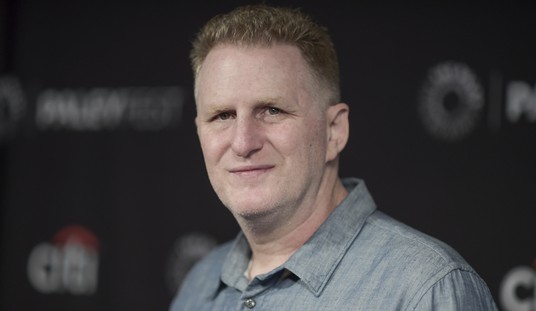Woody Allen’s first editor once wrote a book about his craft titled, When The Shooting Stops…The Cutting Begins. In the recording world, mastering is what begins when the mixing ends. The goal is to provide to the final gloss, sparkle, and punch to a recording, and when making a CD, ensure that all of the tracks are of uniform consistency, so that the listener doesn’t encounter one track that’s very thin, brittle and trebly, followed by another with loads of bottom, but no mids or high-end.
In the professional recording world, mastering is typically done in studios dedicated to the task, and because it’s as much an art as a science, mastering engineers who’ve, err, mastered their craft are highly sought after professionals, which is why if you check the liner notes of your CDs, names like Bob Ludwig and George Marino pop up so often.
A few years ago, the Cambridge, Mass-based Izotope company created a high-end mastering plug-in for the computer recording world called Ozone, which I reviewed for Blogcritics back in April of 2004. Recently, I stopped by their booth at the Audio Engineering Society convention in San Francisco this weekend, and spoke with Izotope’s Mark Ethier via telephone. While part of the conversation is dedicated specifically to Ozone, there should be enough of an introduction to audio mastering in general for someone new to the subject.
And speaking of which, Mark mentioned some publications that are well worth reading to anyone interested in PC-based recording: Izotope’s own 64-page introduction to mastering, an excellent primer on the topic, which is available in PDF format by clicking here. Once you’ve thoroughly digested it, pick up a copy of Mastering Audio: The Art and the Science by Bob Katz, and/or Mixing And Mastering Audio Recordings By Bill Gibson. They’re the master class in mastering. So to speak.
Click here to listen to my interview with Mark; or stop by our Apple iTunes page. In either case, no iPod is required, virtually any computer with a broadband connection can stream an MP3.
(And for more DIY-madness, that’s me on guitar, bass, synth, and a bunch of Acid loops on the intro and outro bumper music–which was mastered in Ozone, along with the rest of the podcast.)










Join the conversation as a VIP Member